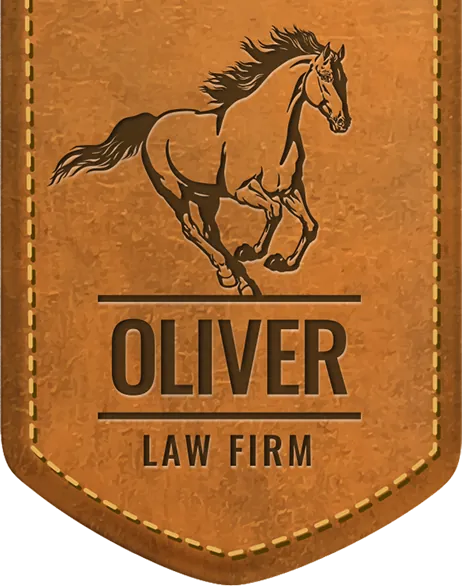Dashboard-mounted cameras are on the rise. Remember all those videos of the Russian meteor in 2013? The reason why no other meteor since the dinosaurs got so much attention is simple. In Russia, dashboard cameras are very widespread. Drivers use dashboard cameras to counter fraudulent claims, corrupt officers, and “he said, she said” disagreements with other drivers. This Russian obsession with dash cams has caught on with the rest of the world, with sales up nearly 1000% in the U.K. and picking up all over Europe.
Now that the dash cam has arrived stateside, Americans are buying more of them every year. But can dashboard cameras have the same impact in the U.S. that they have had in other countries, and what are the laws surrounding the use of these devices and the evidence they record? In this article, we will take a closer look at dash cams, the laws that govern usage, and the possibilities these devices hold for improving the integrity of personal injury litigation resulting from car wrecks.
A dashboard camera, or dash cam, mounts on the windshield and continuously records whatever is in front of a vehicle. Some drivers use an additional camera to keep an eye on what is happening inside the vehicle, but this use is much more rare, especially in the U.S. The purpose of a dash cam is to provide evidence in the event of conflicting witness testimony or a lack of witness testimony. And, though states differ on when and if dashboard camera data can be considered evidence, the trend is clearly moving toward acceptance.
Dashboard cameras mounted in police vehicles have become very common, and the additional evidence they provide has proven useful in courts across the country. But, efforts have been made, ironically by law enforcement, to prevent the use of dashboard cameras by the general public. The most common approach to preventing their use, other than illegally seizing the camera, is through wiretapping laws. In many states, it is illegal to record audio in secret, even if images or video data are admissible.
States that prohibit the recording of audio often require “two-party consent” for an audio recording, meaning that both officers and motorists must agree in advance that the recording is permitted, a rare event indeed. Twelve states currently require two-party consent for audio recordings. States requiring only “one-party consent” have set a lower bar for admission of recorded dash cam data into evidence. As implied, one-party consent only requires one person involved in the recorded conversation to agree. Concerning dash cam usage, that single party can be the owner of the vehicle, who does not require consent from an officer or another motorist.
Other important factors in any consideration of dash cam evidence are whether or not the recording device is concealed and the recorded data is captured in a public place. Hidden cameras and secret recordings can easily fall under voyeurism laws. Arkansas law (Section 5-16-101) prohibits the recording of any person who “is in a private area out of public view, has a reasonable expectation of privacy, and has not consented to the observation.” As automobiles are usually in public places, these concerns are not typically a problem, but there are applications in which a dash cam could be used for purposes considered voyeurism, if, for example, it is used to record someone’s driveway or home from a parked vehicle.
Taking into account these factors, there are still many instances in which dash cam footage can be very beneficial as a tool for preserving unbiased evidence of a car wreck. If a motorist wrecks as a result of swerving to avoid an animal, there may be no witness but the driver, and insurance companies may take advantage of this fact. Dashboard cameras can provide support for claims with no witnesses or conflicting witnesses.
Finally, it is important to realize that dash cam footage can easily backfire. If a driver rear-ends another vehicle, the footage of this accident will not help the owner of the dash cam unless there is some variable in question. Whether another driver can subpoena this evidence to use against its owner is still hotly debated, but the lesson is clear. Dashboard cameras are unbiased observers, not advocates for your cause. Their usage can be beneficial only if the facts play out in the owner’s favor.
Preserving the evidence after a traffic accident is vital to pursuing a claim, and in the area of preserving evidence, a dash cam is superior to human memory. For this reason alone, it could be beneficial to adopt this new technology. When choosing to be a first adopter, pay attention to the size of your dash cam. Screen sizes are limited to five inches for the driver’s side and seven inches for the passenger’s side. Legally, a screen any larger is considered distracting to the driver.
To keep up with the latest advances and technologies affecting car wreck and personal injury claims, stay tuned to Oliver Law Firm blog. And, if you are the victim of a personal injury, whether you have a dash cam or not, call the experts at Oliver Law Firm for a free consultation.
Lavrinc, D. (2013, February 15). Why Almost Everyone in Russia Has a Dashcam. Retrieved February 26, 2016, from https://www.wired.com/2013/02/russian-dash-cams/
Reporter’s Recording Guide. (2012). Retrieved February 26, 2016, from https://www.rcfp.org/rcfp/orders/docs/RECORDING.pdf. Published by Reporters Committee for Freedom of the Press.
Toussaint, K. (2015, July 28). Do you have to tell a cop you’re using a dash cam? Retrieved February 26, 2016, from https://www.boston.com/news/local/massachusetts/2015/07/28/you-have-tell-cop-you-using-dash-cam/sDEeiP9I6pi5tb0TbJwFJI/story.html
a Free Consultation


